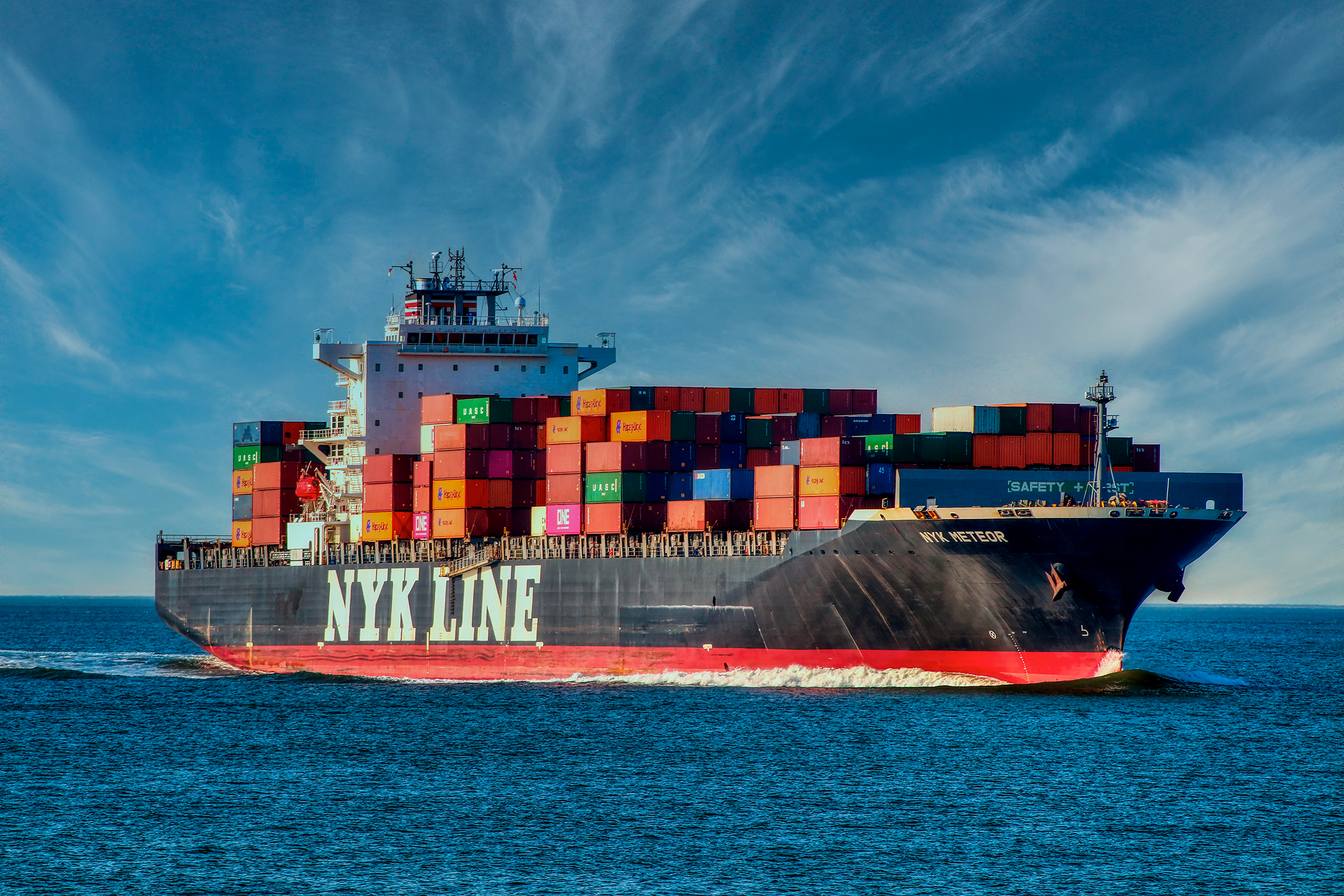
Ocean Freight
Ocean freight service, also known as sea freight, plays a critical role in international trade and commerce. It involves the transportation of goods and products by sea, utilizing large cargo ships or vessels. This mode of transportation is widely used for its cost-effectiveness, especially for long-distance shipments.
Ocean freight offers several advantages. Firstly, it allows for the transportation of large quantities of goods, making it suitable for businesses dealing with bulk or heavy cargo. Additionally, it provides access to global trade networks and can reach destinations that are not easily accessible by land or air.
The process of ocean freight begins at a port terminal, where the cargo is received by the selected ocean freight company and prepared for loading onto the vessel. Shipping documentation and customs clearance procedures
are completed to ensure compliance with international regulations and smooth transit. Once on board, the cargo is transported across the ocean to its destination port.
What can be shipped by ocean?
While nearly anything can be shipped by ocean, three factors—size, expense and speed—tend to determine what must be shipped by this method. Here are some common goods shipped by ocean:
- Container cargo—anything from toys and clothing to furniture and electronics.
- Liquid bulk items, including fuel and crude oil.
- Break bulk—goods shipped in crates, bags, boxes, drums or barrels without the use of a container.
- Dry bulk and raw materials.
- Roll on/roll off goods, including machinery and vehicles.

